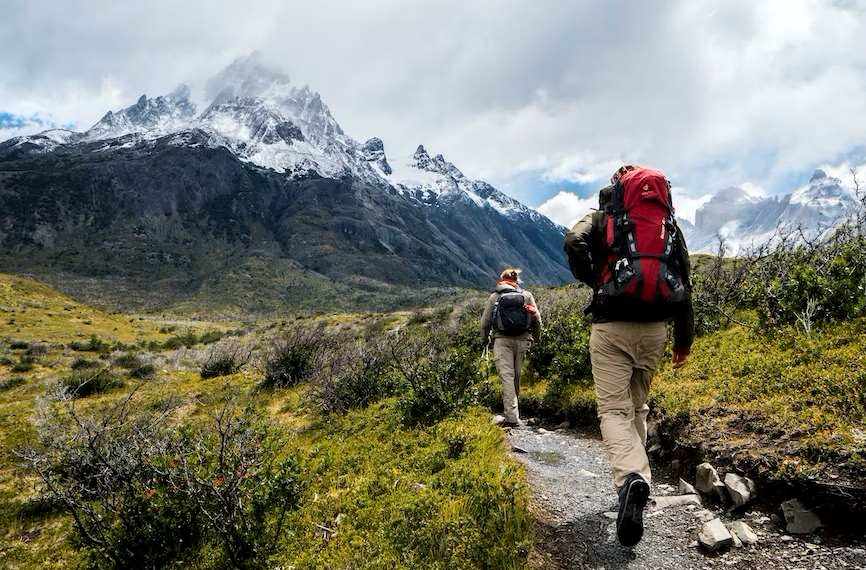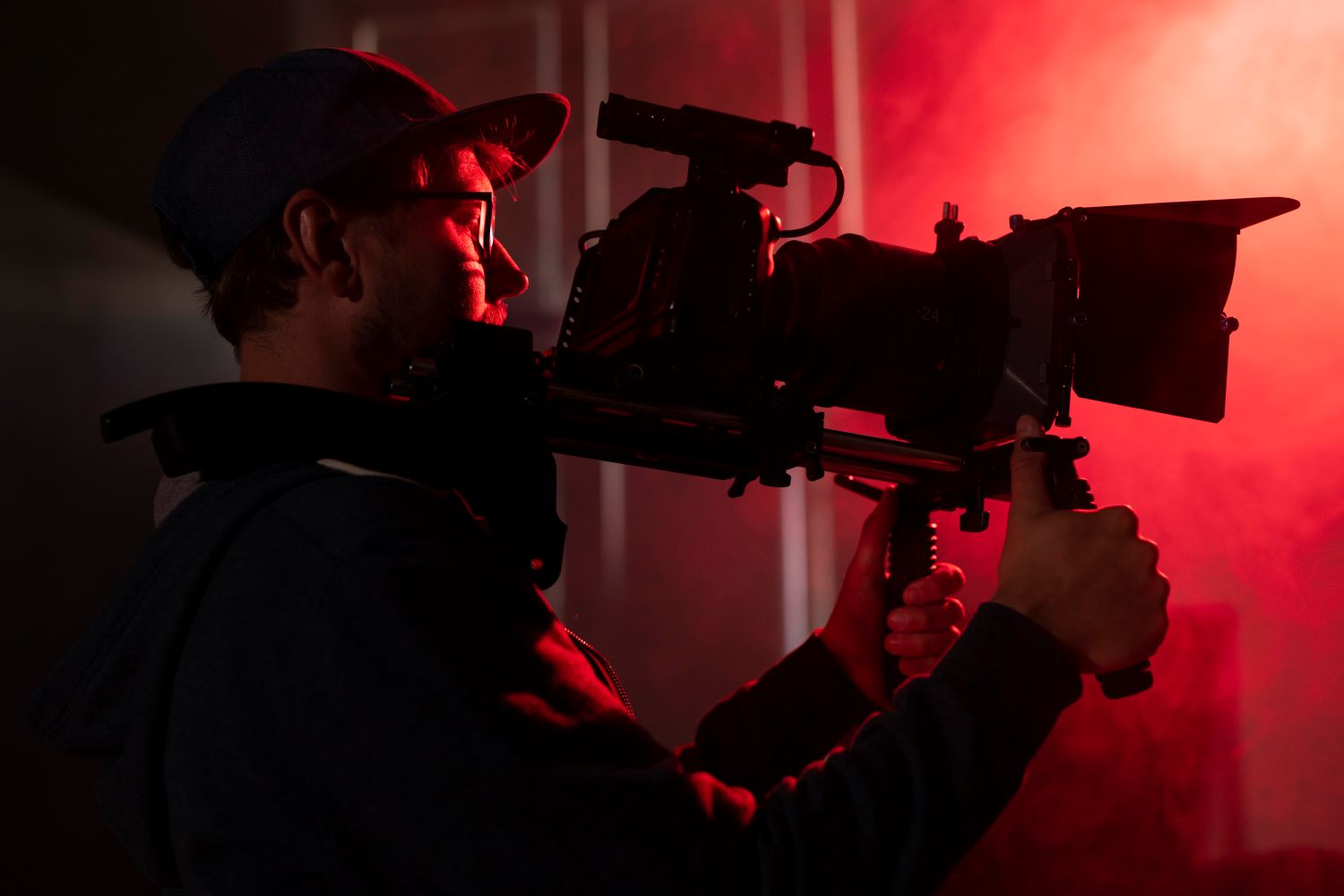Are you planning a trip to Nepal and in need of someone to assist you with translations, logistics, or local contacts? A reliable fixer in Nepal may be just what you need. However, finding a reliable fixer in Nepal can be a difficult task. Here, we’ll take you through step-by-step on how to find a trustworthy fixer, and what qualities to look for in a fixer, red flags to avoid, and tips for working with one.
Reliable Fixer in Nepal
A fixer is a local person who provides assistance to travelers in a foreign country. In Nepal, fixers can be very useful as they can assist with a wide range of services, such as arranging accommodations, transportation, permits, and providing guidance on local customs and culture. They can also serve as interpreters and cooperate with locals, helping travelers navigate the complexities of Nepali bureaucracy and logistics.
Finding a reliable Fixer in Nepal
Finding a reliable fixer in Nepal is a difficult task. There are several ways to find a reliable fixer in Nepal, including:
Research online: There are several websites, blogs, and forums that provide information on finding a reliable fixer in Nepal. Popular websites include Nepal film Production which guide you throughout the filming process.
Contact Nepal Film Production : Many travel agencies in Nepal offer fixer services, so contacting them directly can be a good way to find a reliable fixer.
Ask for recommendations from other travelers: If you know someone who has traveled to Nepal, ask for their recommendations for a trustworthy fixer.
Use local networks: Nepali social media platforms like Facebook, Twitter, and Instagram are great for connecting with locals who can recommend a reliable fixer in Nepal.
Attend local events and meetups: Attending local events and meetups can be an excellent way to meet locals who can provide recommendations for a trustworthy fixer.
Qualities of a Reliable Fixer in Nepal
When choosing a fixer, it’s important to look for the following qualities:
Knowledge of local customs and culture:
A good fixer should have in-depth knowledge of local customs and culture to help travelers navigate the country’s complexities and avoid cultural faux pas.
Good communication skills:
A fixer should be able to communicate effectively in English or your preferred language to ensure clear communication.
Problem-solving abilities:
A reliable fixer should be able to think on their feet and solve problems quickly and efficiently.
Trustworthiness and honesty:
A trustworthy fixer should be honest and transparent in their dealings, providing accurate information and fair prices.
Experience and expertise in the field:
A fixer with experience and expertise in the field can provide valuable insights and advice.
Red Flags to Watch Out for When Choosing a Fixer in Nepal
While many fixers in Nepal are trustworthy, there are some red flags to watch out for when choosing a fixer, including:
Lack of transparency:
Fixers who are not transparent in their dealings may have something to hide or may be trying to overcharge.
Aggressive behavior:
Fixers who are aggressive or pushy may not have your best interests in mind and may be trying to take advantage of you.
Unwillingness to provide references:
Fixers who are unwilling to provide references may not have a good track record or may be new to the field.
Unreasonable pricing:
Fixers who charge unreasonable prices may be trying to overcharge or may not be experienced enough to know the market rates.
Questions to Ask Before Hiring a Fixer in Nepal
When hiring a fixer in Nepal, ask the following questions:
What is your experience working with foreigners? This question can help you gauge their level of experience and expertise.
Benefits of Working with a Reliable fixer in Nepal
Working with a reliable fixer in Nepal can offer several benefits, including knowledge of the cultural context, improved efficiency and better outcomes, and valuable insider tips and connections. Finding a reliable fixer is important for ensuring a smooth and successful trip or project.
Knowledge of the Cultural Context
A reliable fixer in Nepal can help visitors understand the local customs and traditions, which can be crucial in avoiding cultural faux pas and building relationships with locals.
Fixers can also help navigate language barriers, which can be a challenge for travelers who don’t speak the local language.
Additionally, a fixer can provide access to off-the-beaten-path experiences that may not be readily available to tourists.
Improved Efficiency and Better Outcomes
Working with a reliable fixer in Nepal can assist with logistics and planning, saving travelers time and money. Fixers can also streamline bureaucratic processes, such as obtaining permits or visas. This can ultimately lead to better outcomes for travelers, such as achieving project goals and objectives.
Valuable Insider Tips and Connections
A reliable fixer in Nepal can recommend local vendors and service providers, such as restaurants or transportation companies.Fixers can also offer knowledge of the best times and places to visit, and can provide access to exclusive events and experiences.
Additionally, fixers may have key contacts in the community that can be beneficial for travelers looking to establish connections or partnerships.
Conclusion:
Working with a reliable fixer in Nepal can offer numerous benefits for travelers looking to navigate the cultural landscape and achieve their objectives. With their expertise, connections, and insider knowledge, fixers can provide invaluable support and guidance. While making films, it’s important to find a reliable fixer who can help ensure a successful trip.
You May Also Want to read:
The benefits of hiring a local fixer in Nepal for your film
Question/Answer:
Q.1: Why is it important to find a reliable fixer in Nepal?
A: Finding a reliable fixer in Nepal is important because it can make your trip much smoother and easier. A fixer can assist with everything from navigating the language barrier to arranging transportation and accommodations, and having a reliable fixer can help ensure that everything goes according to plan.
Q.2: What are some tips for finding a reliable fixer in Nepal?
A: When looking for a reliable fixer in Nepal, it is important to do your research and look for someone with a good reputation. You can ask for recommendations from other travelers, check online reviews, or reach out to local travel agencies. It’s also important to establish clear communication and expectations with your fixer before hiring them.
Q.3: What should you look for in a reliable fixer in Nepal?
A: A reliable fixer in Nepal should have good communication skills, be knowledgeable about the local area and culture, and have a track record of providing high-quality services to clients. They should also be able to work within your budget and be transparent about their fees and any additional costs that may arise.
Q.4: What are some red flags to watch out for when hiring a fixer in Nepal?
A: Some red flags to watch out for when hiring a fixer in Nepal include vague or unclear communication, unreasonably low prices, and a lack of references or reviews from previous clients. It’s also important to be wary of fixers who pressure you to make quick decisions or who ask for payment upfront before providing any services.
Q.5: How much should you expect to pay for the services of a fixer in Nepal?
A: The cost of hiring a fixer in Nepal can vary depending on the services you require and the level of experience of the fixer. Depending on the duration and complexity of your trip. It’s important to establish clear expectations and fees upfront to avoid any misunderstandings or surprises.
Continue Reading:






